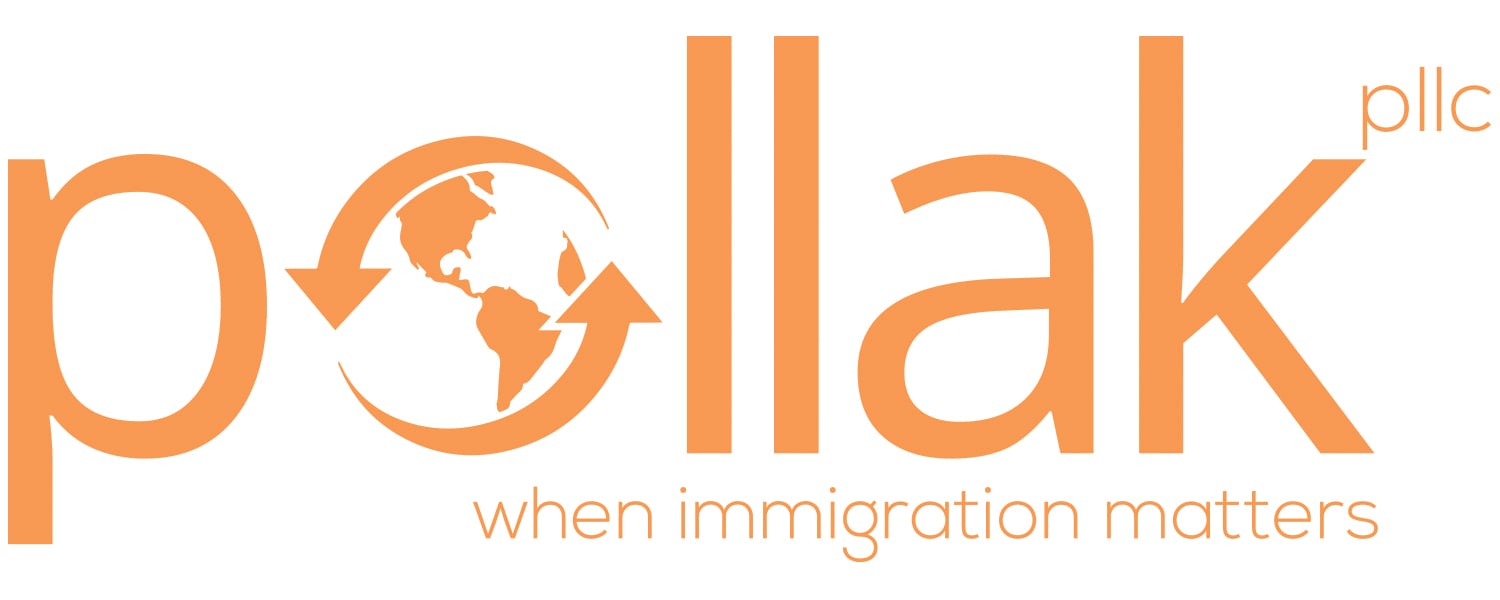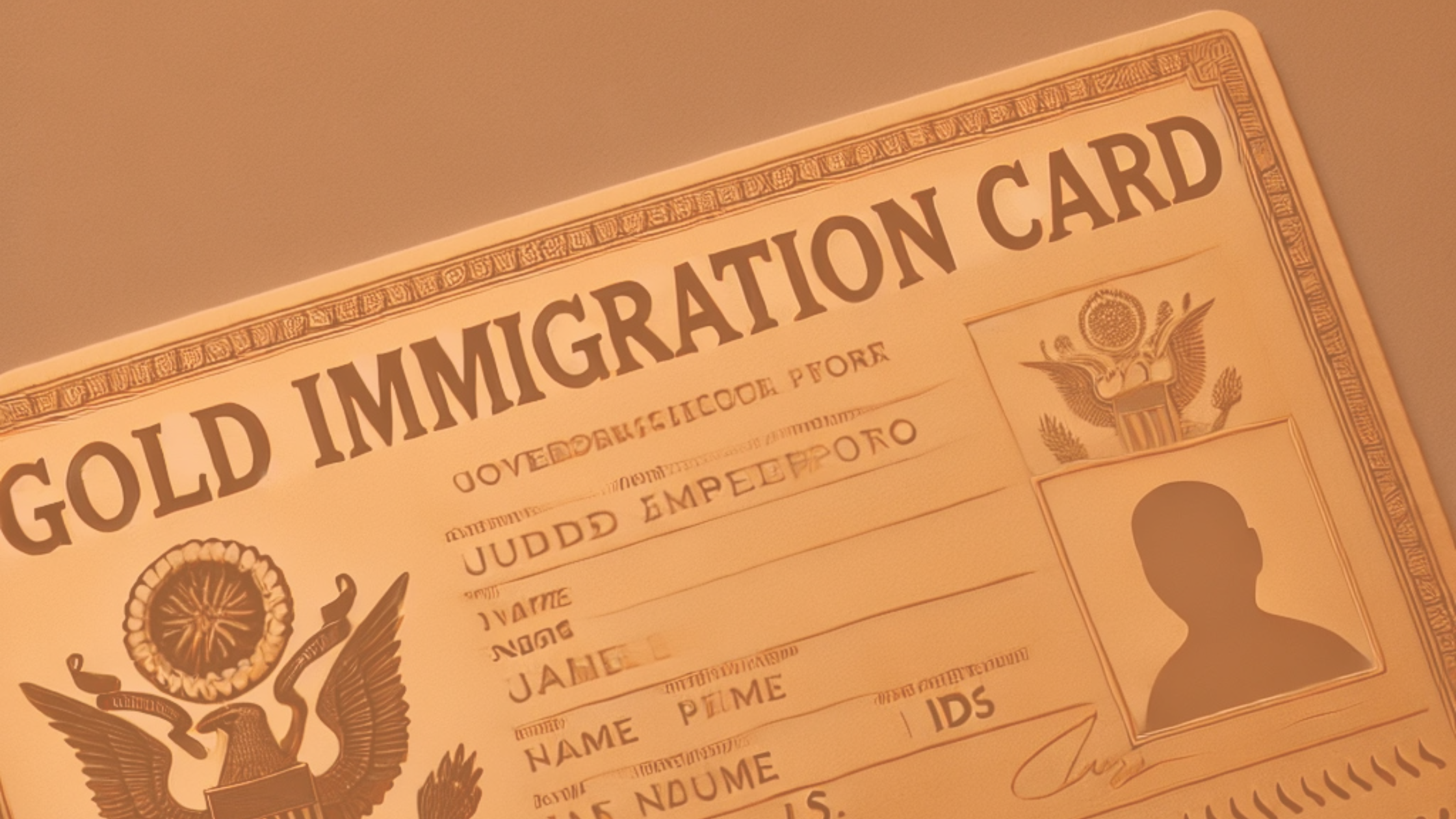The EB-3 visa is a valuable tool for foreign nationals seeking permanent residency through employment in the United States. It supports individuals in skilled, professional, and unskilled roles, offering an accessible green card route when properly executed. For employers, it’s a solution to persistent labor shortages. For employees, it’s a chance to build a long-term life in the U.S.
But the EB-3 process is detailed and document-heavy, involving multiple federal agencies and strict timelines. Small missteps can lead to costly delays or denials. Understanding the entire journey—from labor certification to green card approval—is the first step toward success.
Trusted Employment-Based Immigration Counsel at Every Step
The EB-3 visa process unfolds over many months and multiple filings. Without proper legal guidance, employers and applicants often encounter delays, RFEs, or even denials based on avoidable errors. Pollak PLLC provides hands-on, experienced counsel throughout the entire EB-3 lifecycle.
End-to-End Process Management
Pollak PLLC manages all aspects of the EB-3 process: from preparing the employer’s recruitment steps under PERM, to ensuring the I-140 petition is properly supported, to monitoring visa availability and preparing adjustment or consular paperwork. The firm’s immigration team maintains strict oversight so that each phase transitions smoothly into the next.
Customized Strategies for Complex Cases
Every client’s situation is different. Whether you're sponsoring a team of skilled tradespeople or filing on behalf of a specialized IT professional, Pollak PLLC tailors its approach to fit the job role, employer structure, and country-specific visa wait times.
Who Qualifies Under the EB-3 Visa Category?
The EB-3 category is divided into three distinct groups, each with its own eligibility requirements and documentation standards. Knowing where a candidate fits is key to selecting the right pathway.
Skilled Workers
To qualify as a skilled worker, the position must require at least two years of training or experience, and the applicant must possess those qualifications at the time of filing. Common examples include electricians, welders, HVAC technicians, and certain health care roles like licensed practical nurses.
Professionals
This subcategory is for individuals holding a U.S. bachelor’s degree or foreign equivalent in a field related to the offered position. Engineers, teachers, software developers, and accountants often qualify under this route. The degree must be a minimum requirement for the job.
Other (Unskilled) Workers
These roles require less than two years of training or experience. Jobs in hospitality, food service, landscaping, and caregiving frequently fall into this category. While the requirements may be lower, the EB-3 “other workers” subcategory often has longer wait times due to high demand.
Step 1: PERM Labor Certification
The PERM (Program Electronic Review Management) labor certification is a Department of Labor (DOL) process designed to ensure that hiring a foreign worker won’t displace qualified U.S. workers. It is the foundation of the EB-3 case.
Prevailing Wage Determination
The employer must first request a prevailing wage determination from the DOL, which establishes the minimum salary that must be offered for the position. This ensures fair market pay and protects the domestic labor force. This step alone can take several months.
Recruitment and Advertising
Once the prevailing wage is issued, the employer must complete a series of recruitment steps. This typically includes newspaper ads, job postings with the state workforce agency, and internal company notices. The employer must genuinely assess all U.S. applicants and document reasons for rejection.
Filing ETA Form 9089
If no qualified U.S. worker is found, the employer may submit ETA Form 9089. This form outlines the job offer, recruitment results, and foreign worker’s qualifications. Once certified, the PERM approval becomes the foundation for the I-140 immigrant petition.
Step 2: Filing Form I-140 With USCIS
Form I-140, Immigrant Petition for Alien Worker, is filed by the employer with U.S. Citizenship and Immigration Services (USCIS) to sponsor the foreign national for a green card.
Employer’s Financial Responsibility
USCIS evaluates whether the employer has the financial capacity to pay the offered wage. This usually involves submitting recent tax returns, annual reports, or audited financial statements. If the worker is already on the payroll, pay stubs can also be used.
Worker Qualifications
The foreign national must meet the minimum requirements listed in the PERM filing—whether that’s a degree, license, or job experience. USCIS checks for consistency between the PERM application and the I-140 petition to prevent fraud or misrepresentation.
Premium Processing Option
Employers can request premium processing to expedite USCIS review. With this service, I-140 adjudication typically takes 15 calendar days, compared to 6–8 months for standard processing.
Visa Bulletin and Priority Date Backlogs
The EB-3 category, like all employment-based green card categories, is subject to annual numerical limits. These limits are further divided by country of chargeability. The result: some applicants wait longer than others—even after I-140 approval.
Understanding the Visa Bulletin
Each month, the U.S. Department of State issues a Visa Bulletin that shows which priority dates are eligible to proceed with green card filings. Your priority date is the date the PERM application was filed (or I-140, if PERM is not required). Only when your priority date becomes “current” can you file for adjustment or consular processing.
Country-Based Backlogs
Applicants from India, China, and Mexico often face longer wait times due to high demand. Pollak PLLC monitors monthly bulletin movements and advises clients on filing strategies that align with real-time visa availability.
Step 3: Adjustment of Status or Consular Processing
Once a visa number becomes available, the foreign national must complete the final stage of the EB-3 process—either through adjustment of status (if in the U.S.) or consular processing (if abroad).
Adjustment of Status (Form I-485)
Those physically present in the U.S. can file Form I-485 with USCIS. This process includes biometrics, a medical exam, and possibly an interview. Applicants may also request work and travel authorization while the green card is pending.
Consular Processing
Applicants outside the U.S. (or ineligible to adjust status) will complete DS-260 with the National Visa Center and attend an interview at a U.S. embassy or consulate. The process involves collecting civil documents, undergoing a medical exam, and demonstrating continued eligibility.
EB-3 Timeline Overview: How Long Each Stage Takes
The EB-3 process often takes years from start to finish—but certain steps can move faster with proper planning. Timelines vary based on job classification, country of origin, and agency backlogs. Delays are common, but many are avoidable with the right legal strategy.
- PERM Labor Certification: 6–12 months (longer if audit requested)
- I-140 Petition: 6–8 months (15 days with premium processing)
- Visa Availability: Varies by country—immediate for some, 1–5+ years for others
- Adjustment of Status or Consular Processing: 9–24 months
Delays can occur if recruitment is challenged, if USCIS issues a Request for Evidence, or if visa retrogression affects the applicant’s country of birth. Pollak PLLC helps clients plan around these timelines, keeping documentation current and ready so that delays are minimized when visa numbers become available. The firm also assists clients in determining when to use premium processing, whether to pursue concurrent filings, and how to remain compliant during long waiting periods.
Avoiding Delays and Denials: Common Pitfalls
Mistakes in the EB-3 process can lead to denials or long delays—especially when filings are inconsistent, incomplete, or poorly documented. These errors can undermine even well-qualified candidates and lead to wasted time, resources, and lost opportunities. Working with experienced legal counsel can prevent many of these problems from arising in the first place.
Inadequate Recruitment Documentation
If the employer cannot prove that recruitment was conducted properly, the PERM application may be denied. USCIS and DOL may question the employer’s motives or fairness in reviewing U.S. applicants. Missing job ads, inadequate records of applicant responses, or vague rejection justifications are common issues. Pollak PLLC works closely with employers to ensure all recruitment steps are documented thoroughly and conducted in strict compliance with Department of Labor regulations.
Inconsistent Job Requirements
Listing overly narrow or shifting job criteria can result in denial for failure to reflect a real, ongoing job offer. USCIS cross-checks job duties and qualifications between the PERM and I-140 stages. Any discrepancies—whether intentional or accidental—can raise red flags. Pollak PLLC ensures internal consistency across filings and helps employers clearly define roles that meet legal requirements.
Missed Filing Deadlines
After PERM certification, employers have 180 days to file the I-140. Missing this window means starting over. In many cases, this delay can cause a loss of the original priority date or require repeating recruitment. Pollak PLLC manages all filing deadlines and ensures each case stays on track, reducing the risk of lapses or missed opportunities.
Partner With Pollak PLLC for a Streamlined EB-3 Process
The EB-3 visa is a powerful tool—but only when each step is handled with care. Pollak PLLC has helped employers and foreign nationals secure green cards across a wide range of industries and occupations.
From preparing recruitment ads to responding to complex RFEs, the firm provides end-to-end guidance that minimizes delays and maximizes success. Pollak PLLC doesn’t just process paperwork—it builds comprehensive immigration strategies grounded in regulatory compliance and tailored to each client’s future.
To get started on your EB-3 green card journey, contact Pollak PLLC online today to schedule a confidential consultation. Legal services are available in English, Spanish, and additional languages by request.
Pollak PLLC is an award-winning immigration law firm with offices in Dallas, Texas, and Fort Lauderdale, Florida. Contact us at info@pollakimmigration.com or call 214-307-5510 today to schedule a consultation to discuss your options. You can also see updated information on our Pollak PLLC Facebook page.




